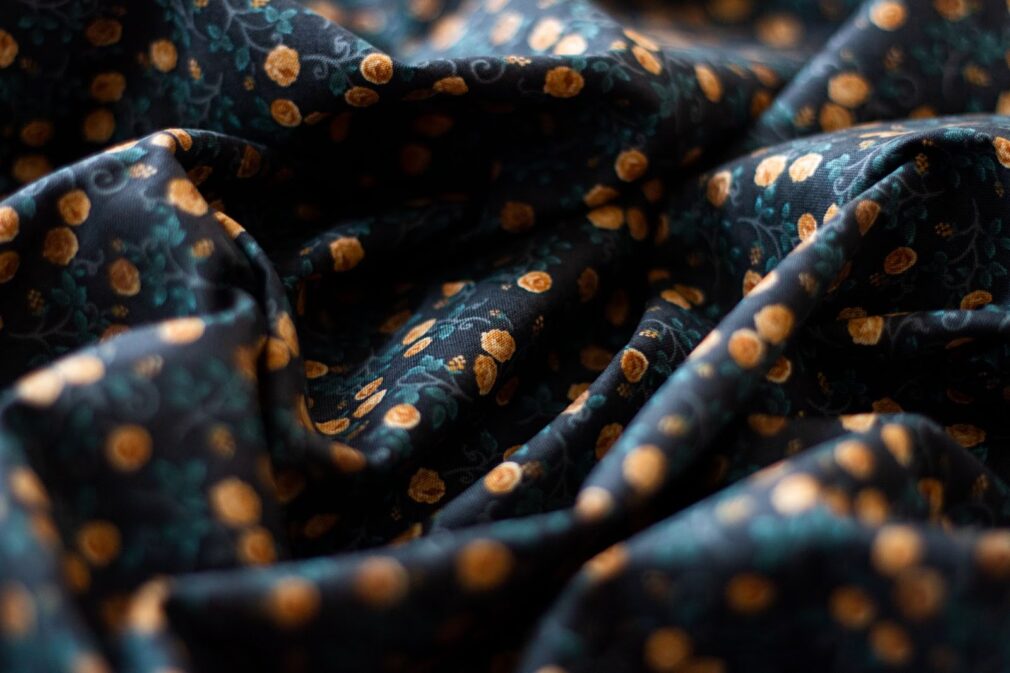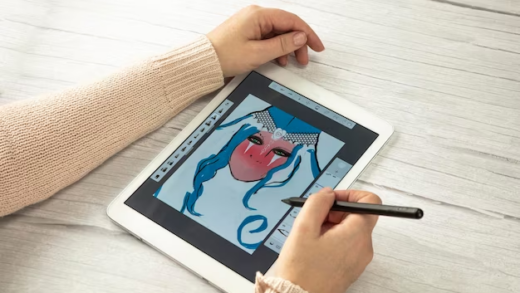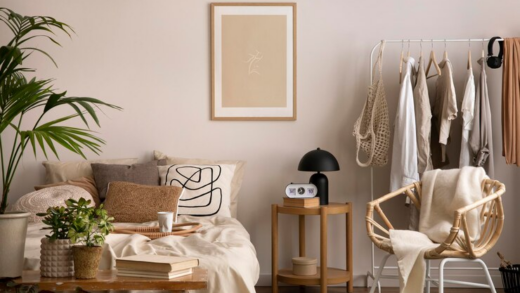Embarking on a journey as a traveling graphic designer (GD) can be an exciting and fulfilling adventure. Balancing a thirst for exploration with the creative pursuit of graphic arts opens up a diverse landscape of opportunities, especially for those captivated by a nomadic lifestyle.
This article illuminates various sectors within the field that support remote work, frequent travel, and the vast advantages of freelancing, transforming a traditional career into an exhilarating global journey.
Embracing Mobility in Graphic Design Work
Unleashing creativity while exploring new horizons, graphic design offers an unusual blend of flexibility and engagement, particularly appealing for travel enthusiasts. In certain industry sectors, like gaming and fashion, GDs frequently transition between destinations, turning every trip into a new source of inspiration.
Multiple career avenues within the domain of graphic design cater to a myriad of creative instincts, presenting opportunities for travel as part of the job description.
Sectors Offering Travel Opportunities for GDs
The graphic design profession embodies a spectrum of creative fields, each with unique draws and characteristics. Whether you’re fascinated by fashion, intrigued by gaming, or excited about product packaging, the graphic arts industry offers an array of opportunities for travel. Designers working in the fashion and gaming sectors often find themselves on the move, a perk even when working under agency contracts.
In the world of freelancing, GDs enjoy unparalleled freedom. The ability to work remotely, across various sectors, and from virtually anywhere in the world, underpins the nomadic lifestyle many freelance designers cherish.
The Freedom of Freelance Graphic Design
Freelance graphic design presents an open canvas for creativity, with opportunities ranging from social media branding to logo design. Predominantly operating in a digital landscape, freelancers rarely find themselves tied to a specific location or office. The transition to virtual client meetings further fuels the capacity to work globally.
Nonetheless, freelance GDs must navigate the challenge of securing work, leveraging networking and relationship-building skills. The entrepreneurial spirit thrives in this environment, with freelancers setting their niche, pricing structures, and managing their workflow. For those ready to explore the world while wielding their creativity, freelance graphic design can be a rewarding journey.
Graphic Design in the Gaming Industry
A love for video games often acts as the entry point into the gaming sector for many designers. Equipped with the right qualifications and education, GDs in the gaming industry can find fulfilling careers that also enable travel. From designing compelling game narratives and graphics to bug testing, the digital nature of the work enables remote operations.

3D artists, animators, and web designers also experience similar flexibilities in this sector, underlining the wide range of remote opportunities within gaming design.
Graphic Design in the Print Sector
Operating within the print sector, GDs can explore various avenues, from creating promotional materials for businesses to developing digital content. While it may seem like a sector demanding physical presence, technological advancements have facilitated remote work even in print design.
From logo to billboard designs, the output of these creatives can be delivered digitally, fostering an environment conducive to remote work and travel. Both in-house and freelance GDs within video game and print sectors can enjoy a balance of work and travel, harnessing the power of digital tools to deliver their assignments from any corner of the globe.
The Allure of Fashion and Textile Design
Fashion and textile GDs are granted remarkable liberty in their profession. Such experts frequently embark on global trips for both professional purposes and inspiration. Their journeys take them to stunning locations, photoshoots, studios, trade shows, and manufacturing units worldwide.

This exposure fuels creativity and brings a global perspective to their work, making it more relatable and inspirational for their clientele.
Fashion and textile designers’ travel could involve:
- Visiting photoshoots and studios;
- Seeking inspiration and sourcing fabrics internationally;
- Attending trade shows and marketing events;
- Touring fabric mills and manufacturers.
Despite the digital nature of mockups and print designs, even in-house GDs in this sector often travel to procure fabrics and supplies for their projects. The fashion industry thrives on inspiration and creativity, making travel an integral part of this sector.

Limitations on Travel for Some Graphic Designers
In certain roles, GDs may find their travel opportunities limited. Professionals working in-house or under agencies often follow traditional work settings and regular hours. While the field generally offers more flexibility than others, certain roles are predominantly office-based. However, even the sectors mentioned above may have some regular, in-house positions.
In-House Graphic Design Roles
In-house GDs typically work within a company’s marketing or creative departments. Their responsibilities involve catering to the design needs of a single company. Such roles are usually present when a company has ongoing graphic design requirements but not substantial enough to engage an agency.
These positions often offer a more structured routine compared to freelance roles and come with a set salary covering varied tasks and jobs. In-house positions usually require at least a bachelor’s degree. While these roles can be more challenging to secure compared to some freelance opportunities, they offer a steady stream of work.
Graphic Designers Working for Agencies
Like in-house roles, graphic design agencies offer set work hours and a steady salary. Agencies cater to a broad spectrum of niches and project types, providing services to companies needing graphic design work.
Working for an agency can resemble a traditional job, sometimes involving high-pressure situations due to ever-evolving client demands. Client interactions may occur in-person or virtually at the agency. Typically, agency-employed GDs have limited opportunities to travel.
| Position | Travel Opportunities | Work Environment | Benefits | Constraints |
|---|---|---|---|---|
| Freelance | High | Remote | Flexibility, work from anywhere, variety in projects | Need for networking, securing work |
| Gaming | Moderate | Mostly remote | Exciting industry, can work remotely | Requires specific qualifications and education |
| Fashion & Textile | High | Varies | Inspiration from global travel, diverse work environment | May require physical presence at various locations |
| In-house | Low | Office-based | Regular hours, steady work stream, set salary | Limited travel, can be harder to obtain |
| Agency-employed | Low | Office-based | Regular hours, diverse project types, set salary | High-stress situations, limited travel opportunities |
Concluding Thoughts
The graphic design field offers a spectrum of roles and opportunities, from travel-intensive roles to traditional office-based positions. Freelance designers often enjoy the flexibility to work from anywhere, on a contracted basis. Designers in sectors like gaming and fashion frequently travel for work, drawing inspiration from their journeys and enriching their creations.
Conversely, in-house GDs and those employed by agencies often work in more structured environments with set hours and salaries. While travel opportunities may be limited in these roles, they offer a steady flow of work. Ultimately, the graphic design industry offers a rich tapestry of opportunities catering to varied lifestyles and professional preferences.





